A Dart Sharpening Stone is essential for maintaining the sharp points required for successful dart throws, ensuring the darts stick in the board and reducing bounce-outs. This article explores everything you need to know about dart sharpening stones, including types, usage, maintenance, and alternative sharpening methods.
⚠️ Still Using Pen & Paper (Of een schoolbord)?! ⚠️
Stap in de toekomst! De Dart Teller -app behandelt alle scoren, stelt kassa voor, en volgt uw statistieken automatisch. It's easier than you think!
Probeer de Smart Dart Teller -app gratis!Klaar voor een upgrade? Klik hierboven!
Why You Need a Dart Sharpening Stone
Maintaining sharp dart points is crucial for several reasons. First and foremost, sharp points allow your darts to penetrate the dartboard more easily, leading to fewer bounce-outs. Bounce-outs can disrupt your game, damage your flights, and frustrate even the most seasoned players. A dart sharpening stone prevents this by ensuring your darts consistently stick in the board.
Verder, a slightly roughened point actually *increases* the dart’s grip on the sisal fibers of the board. A perfectly smooth, needle-sharp point can sometimes glance off the surface. The slight roughness created by a dart sharpening stone provides the necessary friction for a secure hold.
Finally, using a dart sharpening stone regularly extends the life of your dartboard. By minimizing bounce-outs, you reduce the wear and tear on the board, ensuring it lasts longer and maintains its playability.
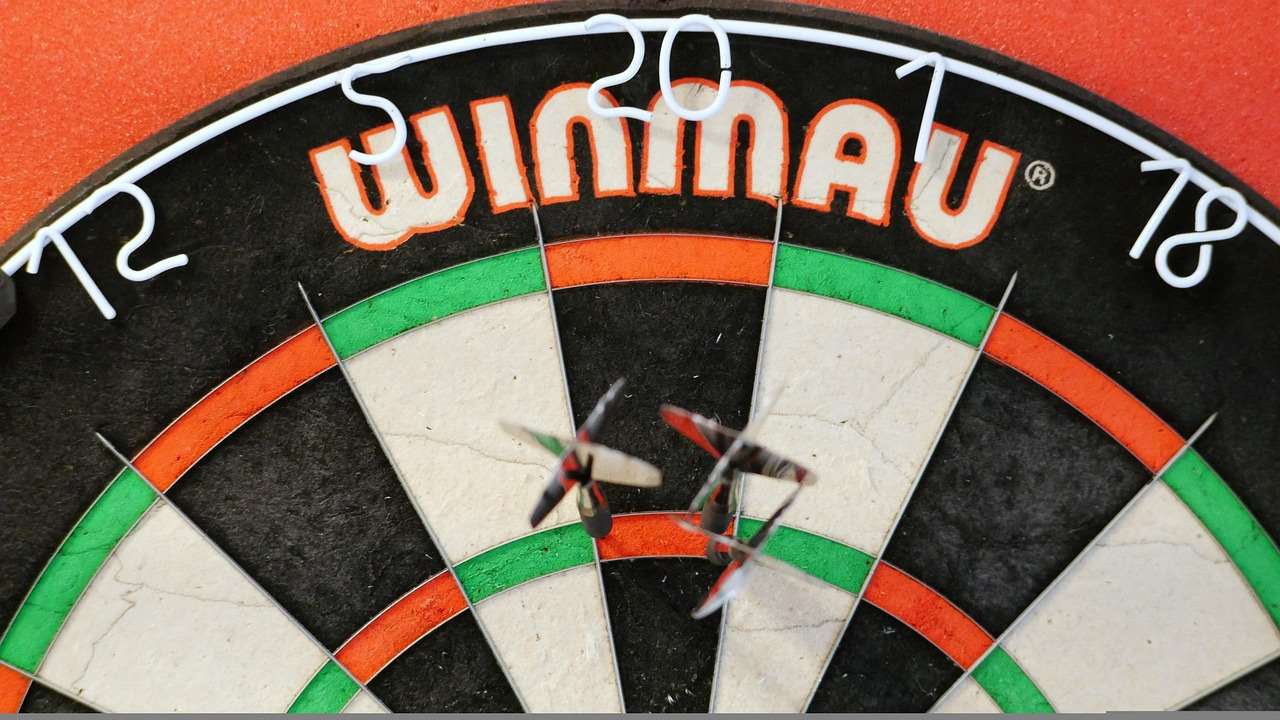
Types of Dart Sharpening Stones
Several types of dart sharpening stones are available, each with its own advantages and disadvantages. Understanding the differences will help you choose the right one for your needs.
Diamond Dart Sharpening Stone
Diamond stones are known for their aggressive cutting action and durability. They consist of a steel plate coated with industrial diamonds. They are excellent for quickly reshaping severely blunt points. Echter, they can also be too aggressive if used improperly, potentially damaging your darts.
Consider a diamond dart sharpening stone if you need to repair badly damaged points or if you want a stone that will last a long time. Be sure to use light pressure and check your progress frequently.
Carbide Dart Sharpening Tool
Carbide tools feature hardened carbide inserts and provide precise sharpening with less risk of over-sharpening compared to diamond stones. These are easy to use and durable, making them a good choice for regular maintenance.
Aluminum Oxide Dart Sharpening Stone
Aluminum oxide stones are a more traditional option. They are less aggressive than diamond stones, making them suitable for regular maintenance and touch-ups. They are also generally more affordable. To learn more about the necessary tools to improve your dart game, remember to Kies de beste Dart -apparatuur.
Echter, aluminum oxide stones require lubrication with water or oil to prevent clogging and ensure smooth sharpening. They also wear down over time and may need to be replaced eventually.
How to Use a Dart Sharpening Stone
Sharpening your darts with a dart sharpening stone is a simple process, but it requires care and attention to detail. Follow these steps for best results:
- Preparation: Clean your darts thoroughly to remove any dirt or debris. This will prevent the stone from becoming clogged.
- Lubrication (if applicable): If you’re using an aluminum oxide stone, apply a small amount of water or honing oil to the surface. Diamond stones can be used dry or with a lubricant.
- Sharpening: Hold the dart at a consistent angle to the stone. Rotate the dart while applying light pressure, ensuring even sharpening around the entire point. Avoid pressing too hard, as this can damage the point or the stone.
- Check Progress: Regularly check the sharpness of the point. You should feel a slight “bite” when you run your finger (carefully!) along the point.
- Finishing: Once the point is sharp, use a finer grit stone or a polishing cloth to smooth any rough edges.
It’s important to maintain a consistent angle while sharpening. This will ensure that the point is evenly sharpened and that it maintains its shape. If you’re unsure about the angle, practice on an old dart first.
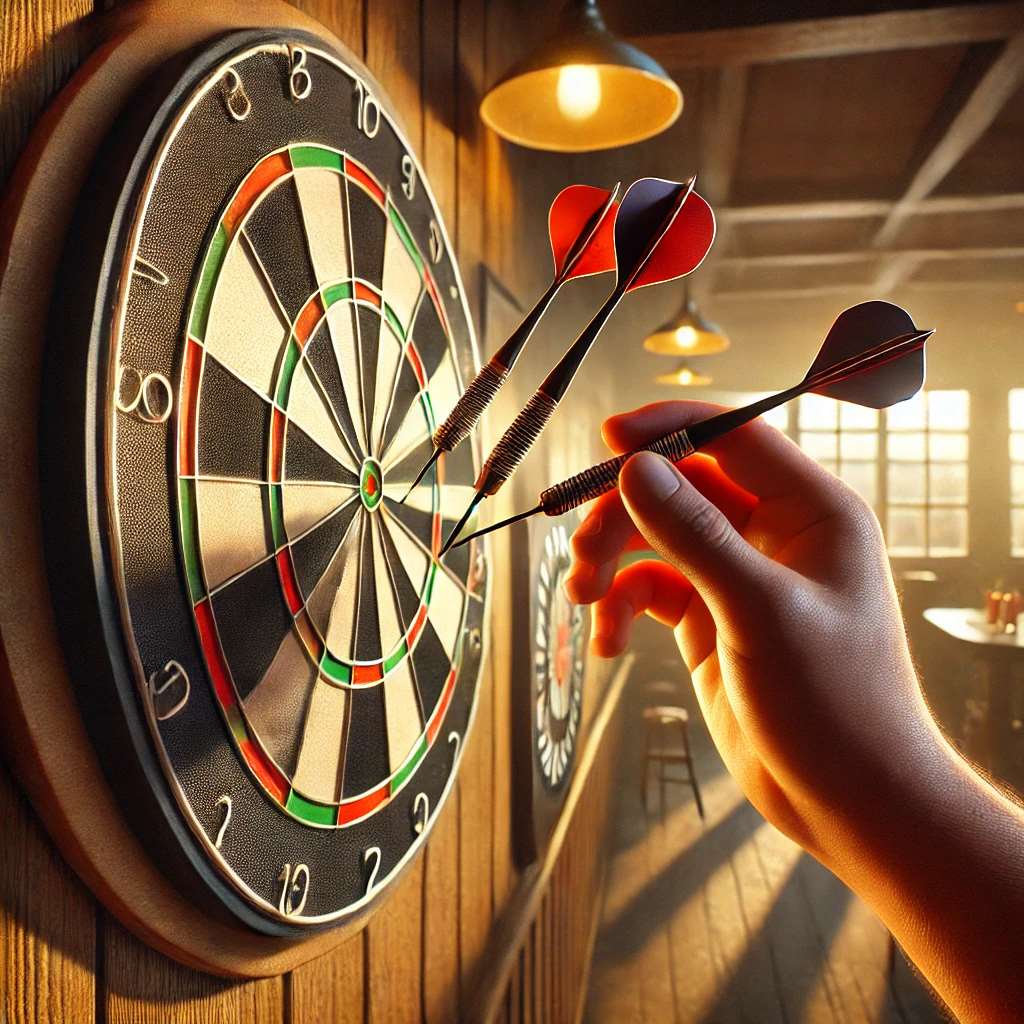
Maintaining Your Dart Sharpening Stone
Proper maintenance will extend the life of your dart sharpening stone and ensure its optimal performance.
- Cleaning: After each use, clean the stone with a brush and water or honing oil to remove any metal filings or debris.
- Storage: Store the stone in a dry place to prevent rust or corrosion.
- Flattening: Na verloop van tijd, some stones can become uneven. Use a flattening stone or a diamond lapping plate to restore the flat surface.
By taking care of your dart sharpening stone, you’ll ensure that it remains a valuable tool in your darting arsenal for years to come.
Alternative Sharpening Methods
While a dart sharpening stone is the most common and effective method for sharpening darts, there are alternative options available.
Dart Sharpening Systems
Some manufacturers offer complete dart sharpening systems that include a variety of tools and accessories. These systems often include multiple grits of stones, honing compounds, and guides to help you achieve a perfect point every time.
Emery Boards and Sandpaper
In a pinch, you can use an emery board or fine-grit sandpaper to sharpen your darts. Echter, these methods are less precise and may not produce the same results as a dedicated dart sharpening stone. They are best used for minor touch-ups.
Steel Wool
Fine-grade steel wool can be used to slightly roughen a smooth dart point, providing a better grip on the dartboard. This is useful for points that are overly polished. Thinking about upgrading your equipment, and considering the cost? Read this first: Are Premium Darts Worth It.
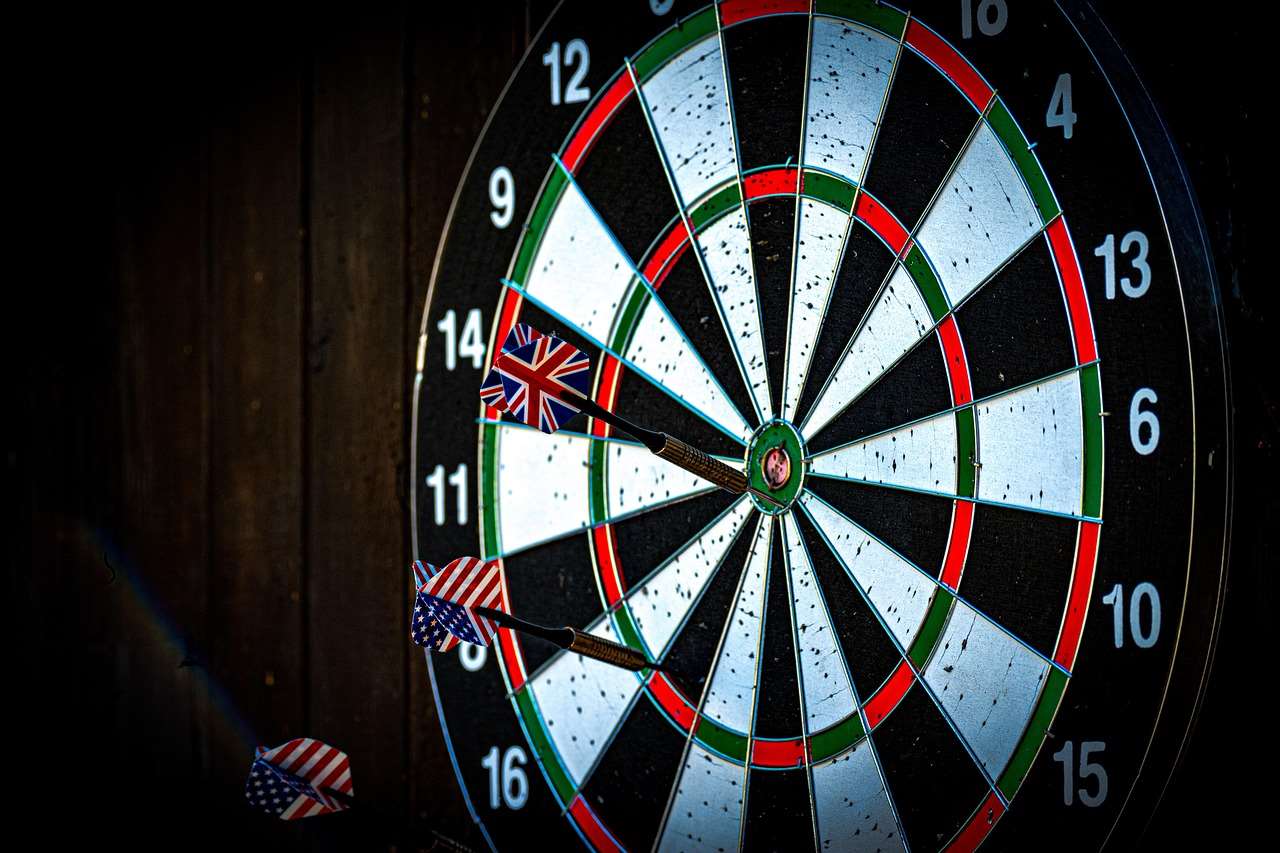
Tips for Sharpening Darts Effectively
Here are some additional tips to help you sharpen your darts effectively:
- Use Light Pressure: Applying too much pressure can damage the dart point or the stone. Let the stone do the work.
- Rotate the Dart: Rotate the dart as you sharpen to ensure even sharpening around the entire point.
- Check Your Progress: Regularly check the sharpness of the point to avoid over-sharpening.
- Maintain a Consistent Angle: A consistent angle is crucial for maintaining the correct point shape.
- Practice Makes Perfect: Sharpening darts takes practice. Don’t be discouraged if you don’t get it right away.
By following these tips, you’ll be able to sharpen your darts like a pro and improve your game.
When to Sharpen Your Darts
The frequency with which you need to sharpen your darts depends on several factors, including the type of dartboard you use, the frequency of play, and the quality of your darts. As a general rule, you should sharpen your darts whenever you notice that they are no longer sticking in the board as easily as they used to.
If you play frequently, you may need to sharpen your darts as often as once a week. If you play less often, you may only need to sharpen them every few weeks or months. It’s also a good idea to sharpen your darts before a competition or important game. A sharp point greatly helps your overall accuracy. Before you even consider sharpening, though, make sure you’ve researched and understood Buying Guide Budget Premium Dart Sets.
In addition to reduced sticking, other signs that your darts need sharpening include:
- Visible dulling or rounding of the point
- Increased bounce-outs
- Difficulty penetrating the dartboard
The Importance of Point Angle
The angle of your dart point plays a significant role in its ability to stick in the board. The ideal angle is a slightly tapered point, not a perfectly needle-sharp point. A needle-sharp point can be prone to glancing off the sisal fibers. A slightly roughened, tapered point provides better grip and penetration.
When sharpening, focus on maintaining this tapered shape. Avoid creating a sharp, needle-like point. Use a dart sharpening stone to gently round the point and create a slightly roughened surface.
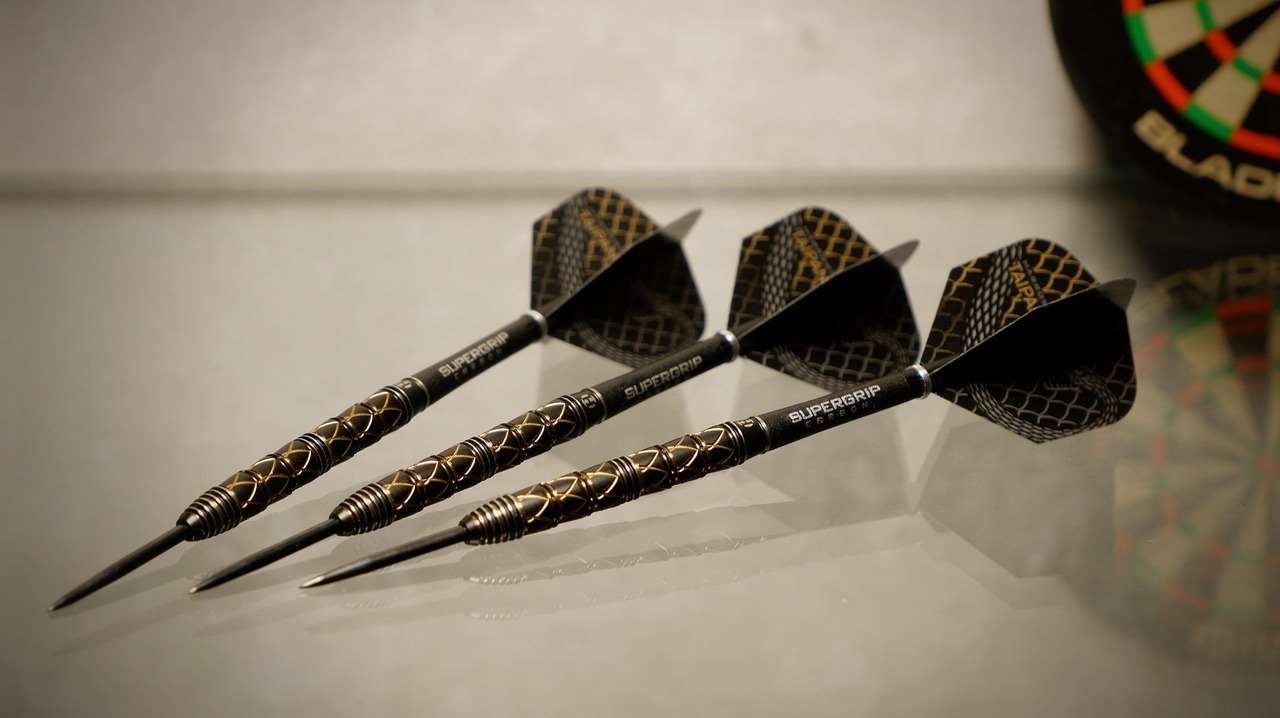
Safety Precautions
When using a dart sharpening stone, it’s important to take certain safety precautions to avoid injury.
- Handle Darts with Care: Darts are sharp and can cause injury if mishandled. Always be careful when handling them, especially when sharpening.
- Use a Stable Surface: Sharpen your darts on a stable surface to prevent the stone from slipping.
- Protect Your Fingers: Be careful not to cut or scratch your fingers on the sharp points or the stone.
- Keep Out of Reach of Children: Store your dart sharpening stone and darts out of reach of children.
By following these safety precautions, you can avoid injury and enjoy sharpening your darts safely.
Choosing the Right Dart Sharpening Stone for You
Selecting the appropriate Dart Sharpening Stone depends on your budget, frequency of use, and the type of darts you have. For occasional use and minor touch-ups, an aluminum oxide stone might suffice. For more frequent use and damaged points, a diamond or carbide stone offers greater efficiency and durability. Overweeg om meer over te lezen Quality Comparison Budget Premium Darts to understand how dart quality affects sharpening needs. Always prioritize safety and proper technique when sharpening to maintain your equipment and prevent injuries.
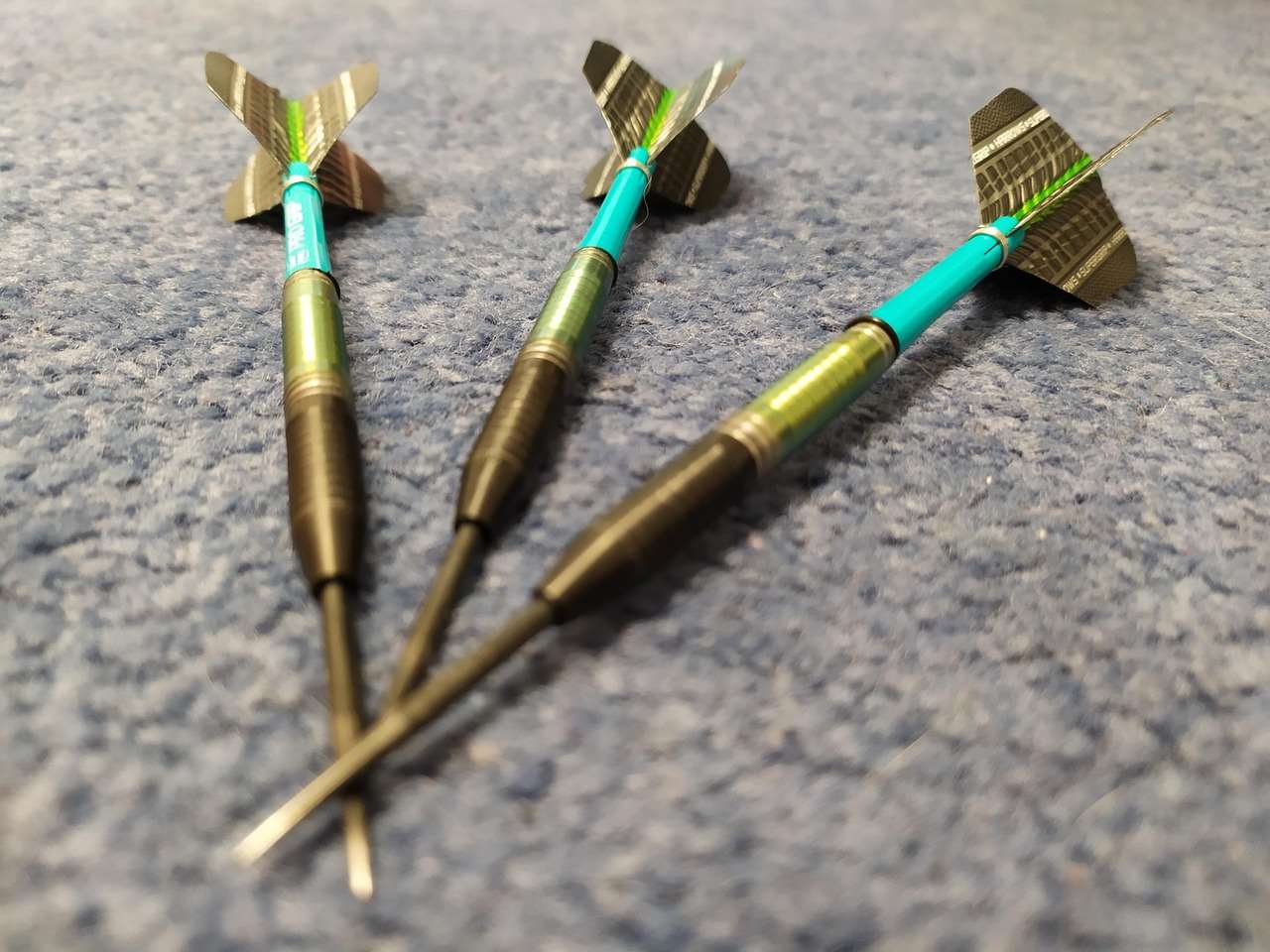
Conclusie
A Dart Sharpening Stone is an indispensable tool for any serious dart player. By keeping your dart points sharp and slightly roughened, you’ll improve your accuracy, reduce bounce-outs, and extend the life of your dartboard. Choose the right type of stone for your needs, maintain it properly, and always follow safety precautions. With a little practice, you’ll be sharpening your darts like a pro in no time.
Now that you’re armed with this knowledge, it’s time to take action. Invest in a quality dart sharpening stone and make regular sharpening a part of your darting routine. Your scores will thank you! Get started by researching the best dart sharpening stones available and find one that suits your needs and budget. Happy darting!
Hoi, Ik ben Dieter, En ik heb Dartcounter gemaakt (Dartcounterapp.com). Mijn motivatie was geen darts -expert - helemaal tegenovergestelde! Toen ik voor het eerst begon te spelen, Ik hield van het spel, maar vond het moeilijk en afleidend om nauwkeurige scores te houden en statistieken te volgen.
Ik dacht dat ik niet de enige kon zijn die hiermee worstelde. Dus, Ik besloot om een oplossing te bouwen: een eenvoudig te gebruiken applicatie die iedereen, Ongeacht hun ervaringsniveau, zou kunnen gebruiken om moeiteloos te scoren.
Mijn doel voor Dartcounter was eenvoudig: Laat de app de nummers afhandelen - het scoren, de gemiddelden, de statistieken, Zelfs checkout suggesties - zodat spelers puur kunnen richten op hun worp en genieten van het spel. Het begon als een manier om het probleem van mijn eigen beginners op te lossen, En ik ben heel blij dat het is uitgegroeid tot een nuttig hulpmiddel voor de bredere darts -community.